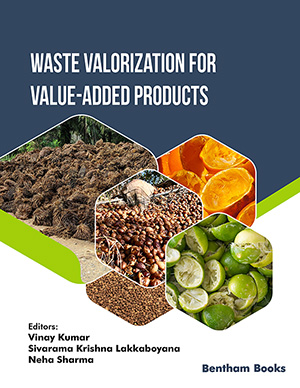Abstract
Introduction: Waste from the palm oil industry, such as empty fruit bunch ash (EFBA) and palm oil mill effluents (POME), is a type of biomass created during the production of palm oil and produced in vast quantities. Due to the massive amounts of empty fruit bunch ash produced because of the exponential rise in worldwide palm oil production, major plantations are having trouble disposing of them.
Aim: The purpose of this research is to study the effectiveness of the ZnO-EFBA catalyst under visible light irradiation for the photoesterification reaction and its physicochemical properties of the photocatalyst that will be determined using TGA, SEMEDX, XRD and BET.
Method: The biodiesel will be produced by using two steps which are photoesterification to reduce the FFA value in WCO and followed by transesterification to produce FAMEs. The photoesterification reactions were conducted using WCO under visible light irradiation. Various parameters were examined, including different reaction times of 1 to 4 hours, different methanol to oil molar ratios of 12:1, 14:1, 16:1, and 18:1, and different ZnO-EFBA catalyst loadings ranging from 0 wt.% to 8 wt.%. The obtained results demonstrated that each WCO sample has a different optimum condition in the photoesterification reaction. Moreover, it was observed that lower FFA values correlated with higher biodiesel conversion rates in the transesterification reaction with 79.06%, 77.72% and 73.33% for samples 1, 2 and 3, respectively.
Result: By using EFBA as a heterogeneous catalyst doped with ZnO in the manufacturing of biodiesel, it helps to reduce the waste that the palm oil industry creates, limiting the adverse effects on human health and environmental harm. Furthermore, biodiesel is a renewable, clean-burning alternative to petroleum fuel, which is domestically manufactured.
Conclusion: The use of biodiesel as a vehicle fuel boosts energy security, enhances the environment and air quality, and offers safety advantages.
Keywords: Photoesterification, catalyst, transesterification, fatty acid methyl ester, waste cooking oil, empty fruit bunches ash.























